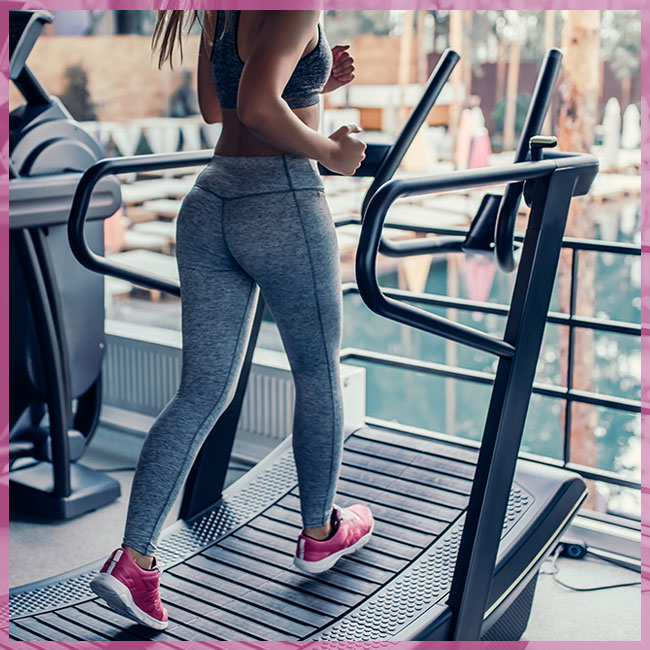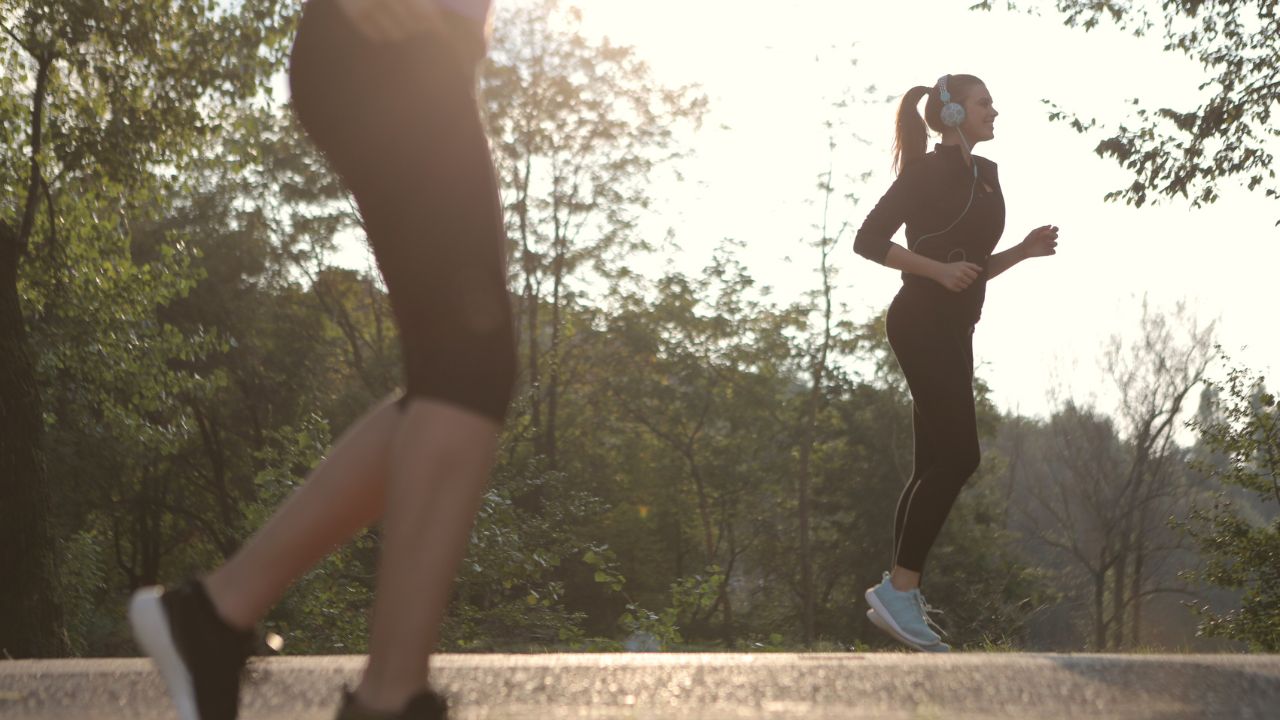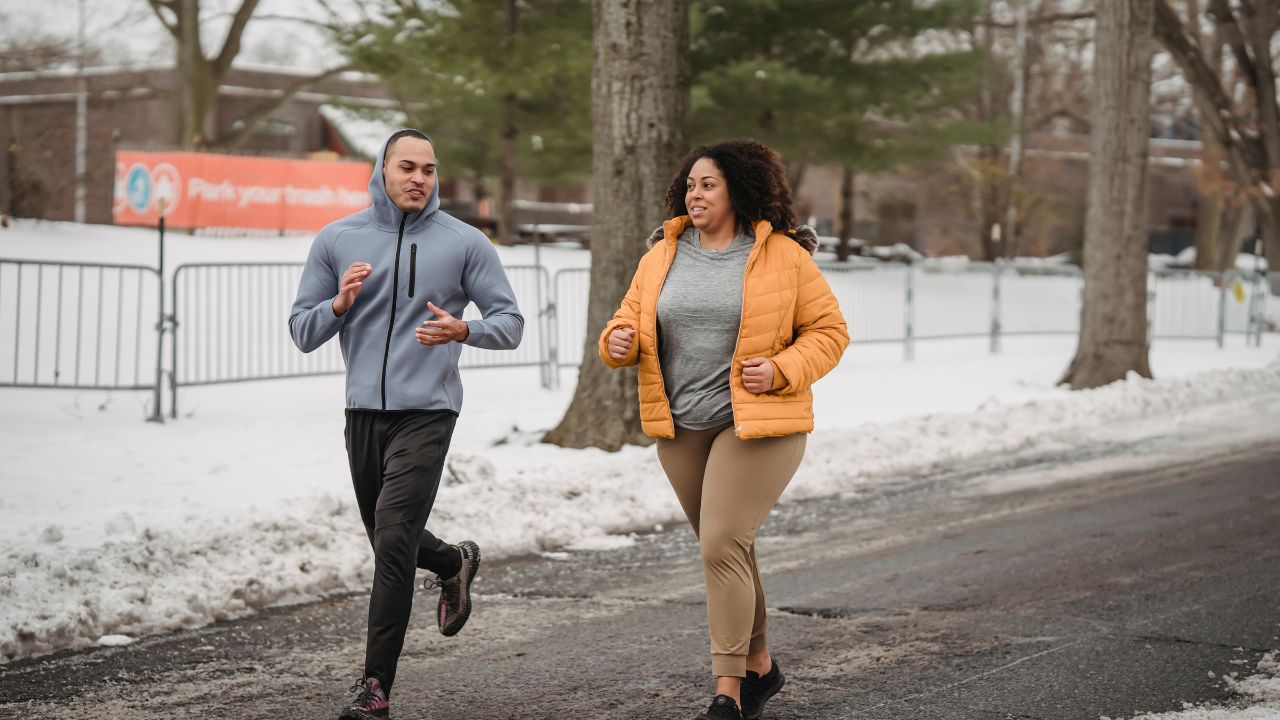
There are many methods to lose weight. However, diet and exercise are the best. This article will talk about calorie restriction, and resistance training. It is possible to lose weight by using both resistance training and calorie restriction together. A balanced diet should be followed along with regular physical activity to achieve the best results. Here are some tips to help you choose the best method for you. We hope you enjoy the article. Before you start any exercise program, consult your doctor.
Cardiovascular exercises
Cardiovascular exercises can help you shed body fat and get in shape. There are a number of cardiovascular exercises that use fat for energy, but also include carbohydrates and proteins. As a result, you'll burn more calories than you consume. This is why diets are not the most healthful and efficient way to lose weight. Cardiovascular exercises increase heart beat, which in turn increases fat burning.

Resistance training
Research has shown that people who combine cardio and resistance training lose more weight than those who just do cardio. Resistance training increases metabolism, so you will burn more calories if you do more exercise. Resistance training also builds muscles which increase your body's ability burn calories even while you are at rest. Resistance training is not only a great way to lose weight quickly but also offers many other benefits.
Diet plus calorie restriction
Studies have shown that a combination of calorie restriction and time restriction does not increase weight loss. This is because time-restricted diets can be less effective than ones that limit calories. Huijie Zhu, PhD, and professor at Southern Medical University, China found that these two methods do not promote weight loss. However, they led to a reduction in fat mass.
Exercise alone
Many people believe that exercising alone is ineffective for weight loss. While this is partially true, exercise alone can make it more likely that you gain weight. Exercise can also increase your appetite, which may lead to more calories being consumed. Exercising burns only about a third of your daily calories so you might continue to lose calories even after you have finished your workout. It is important to evaluate both sides of the equation in order to determine which strategy is most efficient.

Avoid these mistakes
A healthy lifestyle takes dedication, discipline, consistency, and perseverance. Many people have difficulty finding the time and motivation to make these improvements. You can have a happier life with the right approach. These tips will help you reach your weight loss goals. Here are some common mistakes that you can avoid when exercising or eating for weight loss. Here are some common mistakes made when trying to lose weight.
FAQ
What Amount Of Exercise Is Needed For Weight Loss?
The amount of exercise needed for weight loss depends on several factors, including age, gender, body type, and how much you weigh. Most people need to exercise at least 30 minutes five days a weeks.
The American College of Sports Medicine recommends 150 minute of moderate-intensity aerobic activities per week. These should be done over three days.
For example, if your goal is to lose 10lbs, aim for 300 minutes of moderately intense exercise per week. This includes activities such swimming laps (brisk walking), biking, dancing and playing tennis.
For those just starting out, you might consider 20 minutes of vigorous activity every other week. These activities could include sprints and lifting weights.
Aerobic exercise is a great way to burn calories and build muscle mass. Muscle burns more calories than fat does. You may be able to achieve your goal quicker by building muscle and losing fat.
Are there side effects to intermittent fasting
Intermittent fasting doesn't have any known side effect. Some minor issues might occur if you do not plan your meals properly.
If you skip breakfast, your day might be interrupted by irritability. Headaches, dizziness, fatigue and muscle cramps are all possible.
These symptoms are usually gone within a few days.
Does intermittent fasting affect my sleep?
Yes, intermittent fasting does affect your sleep. When you skip meals, your hunger hormones increase. This can lead to you waking up early in the morning.
Experts recommend skipping breakfast. Instead, they suggest having a light snack before bedtime.
If you still feel hungry after eating this snack, you may want to eat a small breakfast before going to bed.
But remember not to overeat. You'll gain weight, not lose it.
What can I have in the morning when I'm intermittently fasting?
Water should be consumed first thing in the AM. This will make you feel fuller and give you energy all day. To add some flavor, you can add lemon juice to the mix or cucumber slices.
What foods help me lose more weight?
You can lose weight more quickly by eating fewer calories. Two ways to achieve this are:
-
Reduce how many calories you eat daily.
-
Get more exercise to increase your metabolism.
It's not difficult to cut down on the amount of calories you eat. There are calorie-laden fast food options all around us. Here's how to lose those extra pounds.
-
Beans contain high levels of fiber and protein. They contain almost no fat, making them an ideal choice for dieters who want to reduce their caloric intake.
-
Oatmeal contains low calories and high amounts of nutrients like magnesium, potassium, and other nutrients. Oatmeal is lower in sugar than other cereals.
-
Eggs are rich in protein and cholesterol. Consuming eggs at least once a week can increase your metabolism and help you burn more calories.
-
Whole grain bread has been shown to reduce hunger pangs so that you may feel fuller longer.
-
Dark chocolate is rich in antioxidants and flavonoids. These substances have been shown to improve heart health and lower blood pressure.
-
Cottage cheese is full of calcium, which helps build strong bones. It also provides a good source of vitamin D, which boosts immunity.
-
Omega-3 fatty acids are abundant in salmon, which can promote brain development and improve cardiovascular function.
-
Green tea is chock-full with catechins. These compounds fight cancer and boost metabolism.
-
Broccoli, a rich source of folic acid, is great for lowering homocysteine levels. Homocysteine levels that are high have been linked to increased risks of heart disease and stroke.
-
Yogurt, which is low in sugar, is a great option to add probiotics to your diet. Probiotics are vital for good digestive health.
-
Berries are a tasty snack that is also nutritious. Blueberries, strawberries, blackberries, raspberries, and cranberries are all excellent sources of vitamins and minerals.
-
Avocados are bursting with healthy fats. A half avocado has 80 calories but plenty of filling fiber.
-
Nuts can be enjoyed as a snack, but they are also rich in protein. Nuts include cashews (almonds), hazelnuts (pecans), walnuts, walnuts, and pistachios.
-
Sweet potatoes, another starchy vegetable, are rich in beta-carotene which gives your skin a glow. The orange variety is particularly beneficial because they contain higher amounts of beta carotene than regular sweet potatoes.
What is the best way to exercise when you are busy?
It is best to exercise at home. It is not necessary to go to the gym or join any fitness club. You can perform simple exercises at your home without needing expensive equipment.
You just need to have a pair of dumbbells, a mat, a chair, and a timer.
You must be consistent with your training. You could lose motivation if your workouts are not consistent for more than a few consecutive days.
Try lifting weights three days per week. This is a great place to start. This could be squats and lunges as well push-ups, pull ups, pull-ups (dips, curls), etc.
Once you have mastered these fundamental movements, you can begin to learn other types, including running, jumping rope and skipping.
You should choose an exercise program that suits your life. Avoid exercises that demand too much energy if you work long hours.
If you are a night owl, then you should consider exercising during the evening rather than early morning.
Listen to your body, and don't stop when you feel tired.
Statistics
- Among women, the increase in metabolic rate was nearly 4%, or 50 more calories per day (14Trusted Source (healthline.com)
- It's estimated that half of all American adults attempt to lose weight every year (1Trusted (healthline.com)
- Another study found that 24 weeks of weight training led to a 9% increase in metabolic rate among men, which equated to burning approximately 140 more calories per day. (healthline.com)
- One 6-month study showed that simply doing 11 minutes of strength-based exercises 3 times per week resulted in a 7.4% increase in metabolic rate, on average. (healthline.com)
External Links
How To
How to Intermittent Fasting
Intermittent fasting is a dieting method where you normally eat one day per week, usually Monday through Friday. This allows you to reduce your calorie intake and still get adequate nutrition. This is believed to help you burn more fat than if your meals were regular throughout the week.
The most common form is to limit calories for certain days. This would mean that you skip breakfast each morning, and then eat whatever food you like throughout the day. You can also opt to eat three small meals a day instead of two large.
There are many forms of intermittent fasting. There are pros and cons to each type of intermittent fasting. Alternate-day fasting is the easiest method to get started because it doesn't require any significant lifestyle changes. But, there are some people who find it hard to follow such a strict schedule. These people might prefer to try different methods.
If you are interested in starting an intermittent fasting regime, I recommend beginning with alternate-dayfasting. This will allow you gradually to transition into more extreme fasting habits without changing your lifestyle.